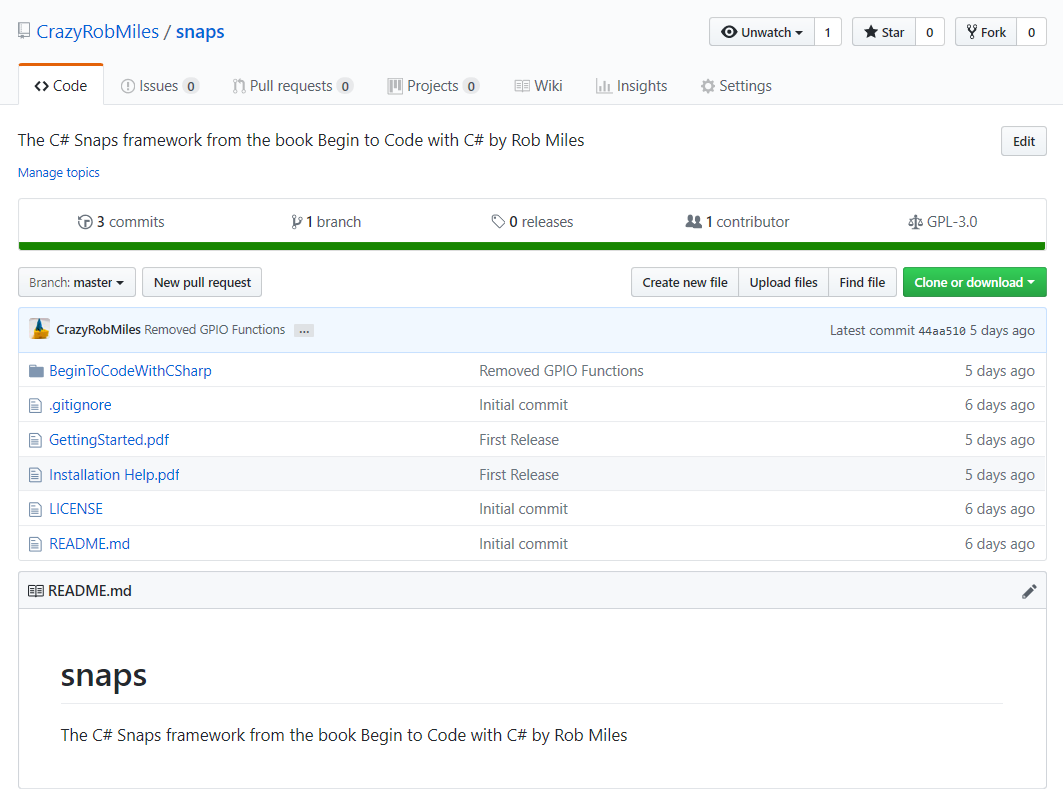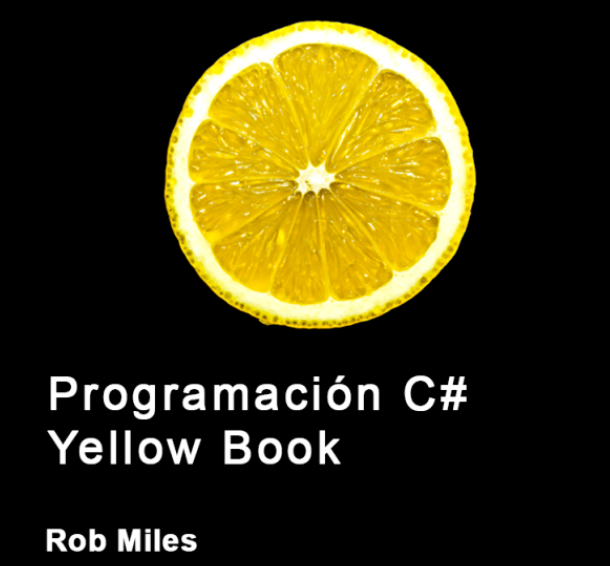Byte ordering is a thing....
/I’m upgrading the Air Quality sensor software so that I can send configuration messages over LoRa to the sensor. The thing I’m most interested in is the ability to tell the sensor the rate at which it should send readings. It would be useful to have a message sent every five minutes or so for testing, and then dial back the rate once the sensor has been installed. I’m using a tiny packet format to do this. The packet is three bytes long:
01 58 02
The first byte is the command number (there is only one command at the moment). The other two bytes are the number of seconds the sensor should wait between sending each reading. The value I want to send won’t fit into a single byte (a byte can represent an unsigned integer up to the value 255 and I want to have intervals longer than 255 seconds) so I’m using two bytes. The first byte is the “low” byte of the value I’m sending and the second byte is the “high” byte. In the tiny sample above the low byte is HEX 58 and the high byte is 2. This gives an interval of 2 * 256 + whatever 58 hex is in decimal. This boils down to an interval value of 600 seconds, or 10 minutes.
I wrote the software, tested it, installed it in all four of the sensors we are building and then set them off. I then sent the above command to the sensors to set 10 minute updates and then relaxed in the knowledge of a job well done.
And all my sensors stopped transmitting completely. Wah.
Turns out that I am an idiot. I’d done everything right except the last bit, when I’d sent the following command:
01 02 58
I’d got the MSB and LSB bytes the wrong way round. Rather than having 2*256 I now have HEX 58 times 256. A big number. A six hour or so number. So all my sensors were now not going to transmit for six hours.
Sending the new command wasn’t a problem, but because of the way that we are using LoRa the sensors only look for new commands when they send a reading. So I had to wait for six hours before the command would get picked up and acted on. This is something to bear in mind about LoRa. The remote node is not always listening for a message, it only turns on after it has sent something. This is one way they manage to get such impressive battery life for LoRa connected devices.
I managed to solve the problem by turning the sensors off and on again. They always transmit a packet when they start up so I was able to update the timing with more sensible values without having to wait six hours.




















